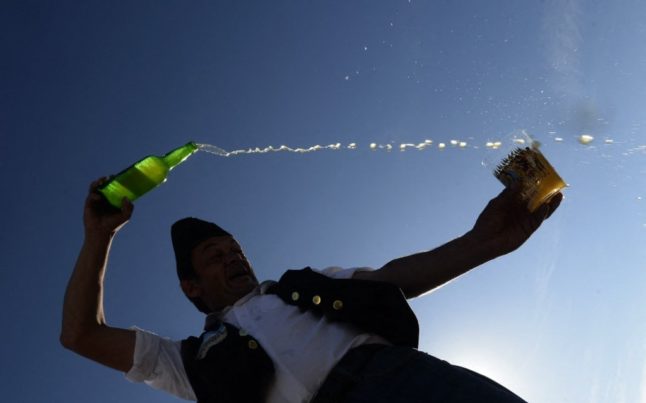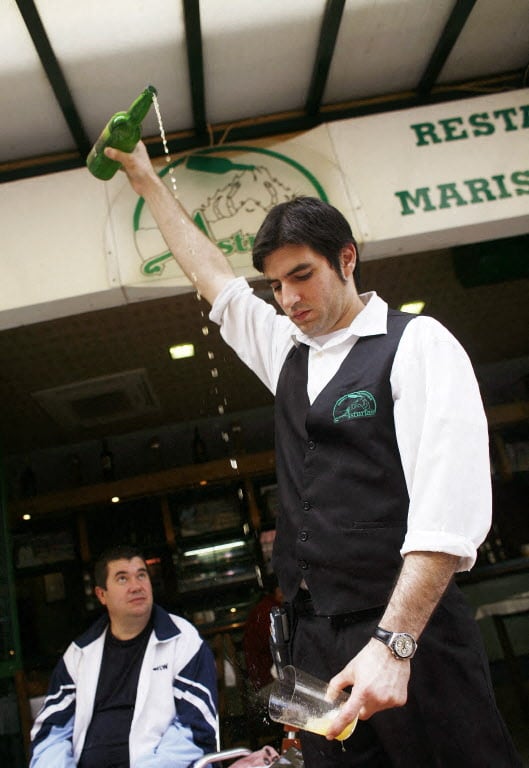The 45-year-old chef was at a Wizard’s game at the Verizon Centre in Washington DC last week when he happened across a fan who had bitten off more than he could chew.
It was during a break when two friends, who have been identified only as John D and Ryan K, went to make the most of the all-you-can-eat buffet on offer in their VIP section.
But John gobbled his too fast and was left gasping for breath as he struggled to dislodge a lump of sausage that was blocking his airway.
Andres, who trained under culinary genius Ferran Adria at the legendary El Bulli restaurant and now has more than a dozen restaurants across America, spotted the stricken fan and stepped in to perform the Heimlich maneuver.
"He turned me around real fast, gave me one push/thrust of the Heimlich maneuver, and the rest of it came up," John told The Washington Post.
John and his friend only recognized the “Good Samaritan” after the event and sent tweets to thank him.
Andres, who has presented various television cooking shows both in Spain and the USA has already been recognized for his charitable work.
He was presented with an award by President Barack Obama during his US naturalization ceremony at the White House in July, 2014.





 Please whitelist us to continue reading.
Please whitelist us to continue reading.